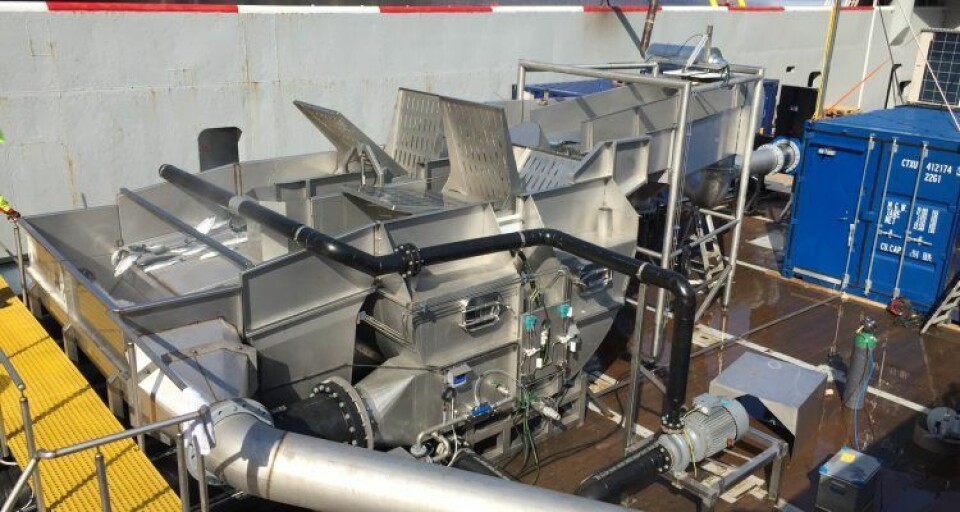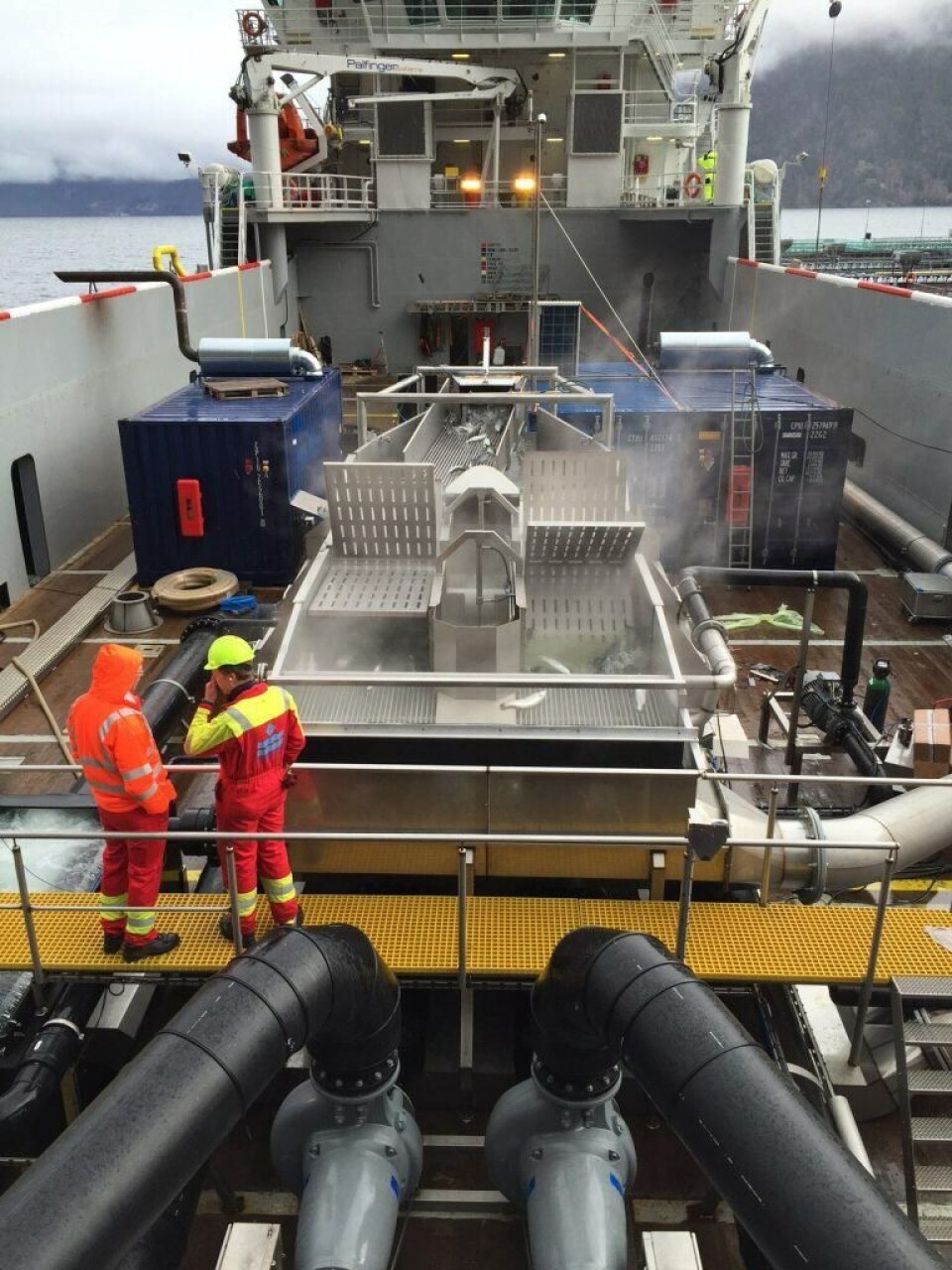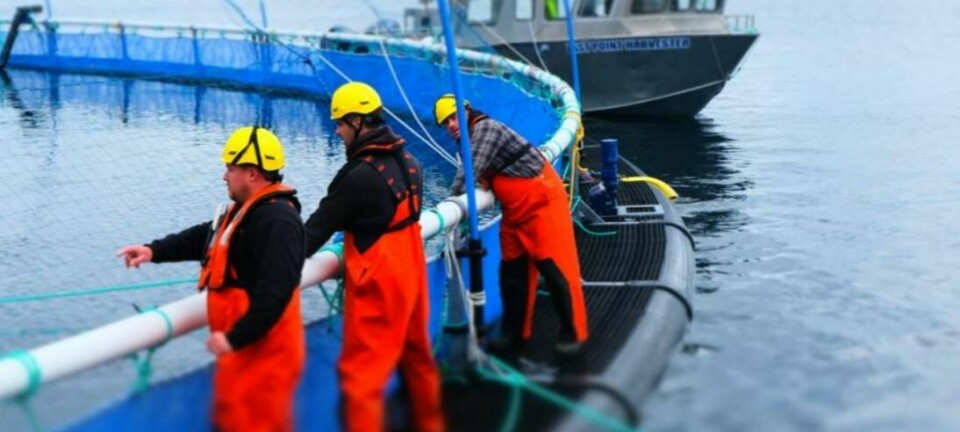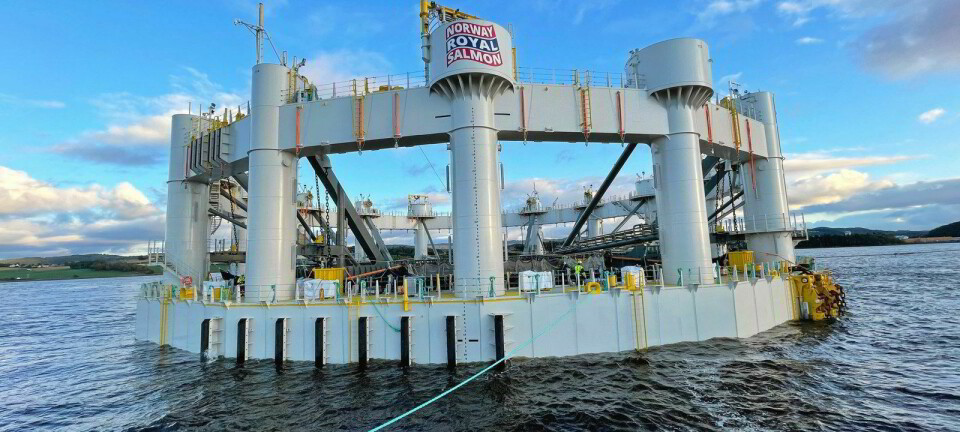
Pair invest in ‘Optilicer’
Two more Norwegian companies, Nordlaks and Eidsfjord Sjøfarm, have just invested in Optilicer – a warm water lice treatment tool.

Speaking to kyst.no, Nordlaks CEO, Inge Berg, explained: “We hope this machine will be in place in August”.
The reasons behind the investment are, according to Berg, largely due to the parasites’ increasing resistance to chemical treatments.
“We've teamed up with Eidsfjord Sjøfarm in the purchase of the Optilicer and will use this in our fight against sea lice,” he explains to kyst.no.
Efficiency
The machine has been developed by Seaside, who believe it is an efficient, environmentally sensitive method – it is free of chemicals and all the lice get collected and destroyed.
“We already use lice skirts on all sites, but we will also use this hot-water treatment,” says Berg.
“The machine is produced jointly by Seaside and Optimar Stette,” explains CEO Frode Håkon Kjølås.
The sea lice are removed using water warmed to around 33°C in a specially designed holding tank and each unit can treat up to 100 tonnes of salmon an hour.
“To remove lice using warm water is nothing new, but what’s unique about our approach is the way we control the treatment temperature and how long the fish get treated. The treatments take place in a continuous process, with high capacity and without emissions,” according to Kjølås.
The company has so far sold 10 machines, which have variously been installed on workboats, barges (with and without their own propulsion) and wellboats.

Results
One company which has already tested out the Optilicer is Fjordlaks Aqua, which in May completed a joint project with Seaside, Optimar Stette and Farstad Shipping.
“We are very pleased with the result of the collaborative project. In Fjordlaks Aqua, we have always been concerned about fish welfare. Good fish welfare contributes to good growth and good quality of the final product. The method to Optimar Stette represents a significant improvement compared with alternative solutions. The fish also retains their mucous and are happy to feed shortly after delousing, unlike after chemical treatments,” says Amund Pedersen from Fjordlaks Aqua.
Kjølås explains that they are keen to continue to develop the machine, despite the smooth running of the system to date.
“We have received positive feedback from both users and from those who have evaluated the system,” he adds.
Seaside’s revenues rose to NOK 81.1 million last year, up from 60.5 million in 2014, while their operating profit rose from NOK 12.4 to 19.3 million in the same period.






















































